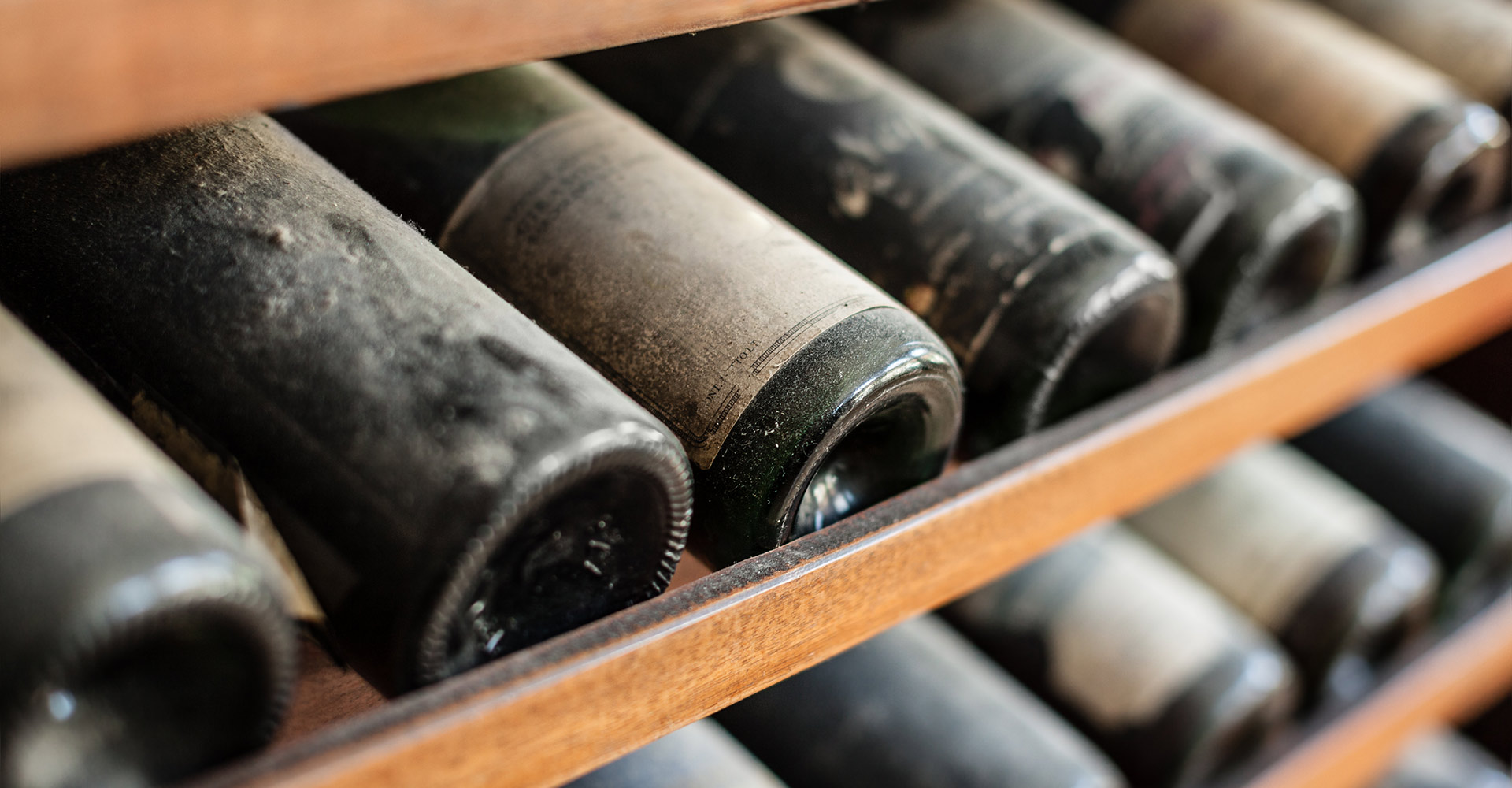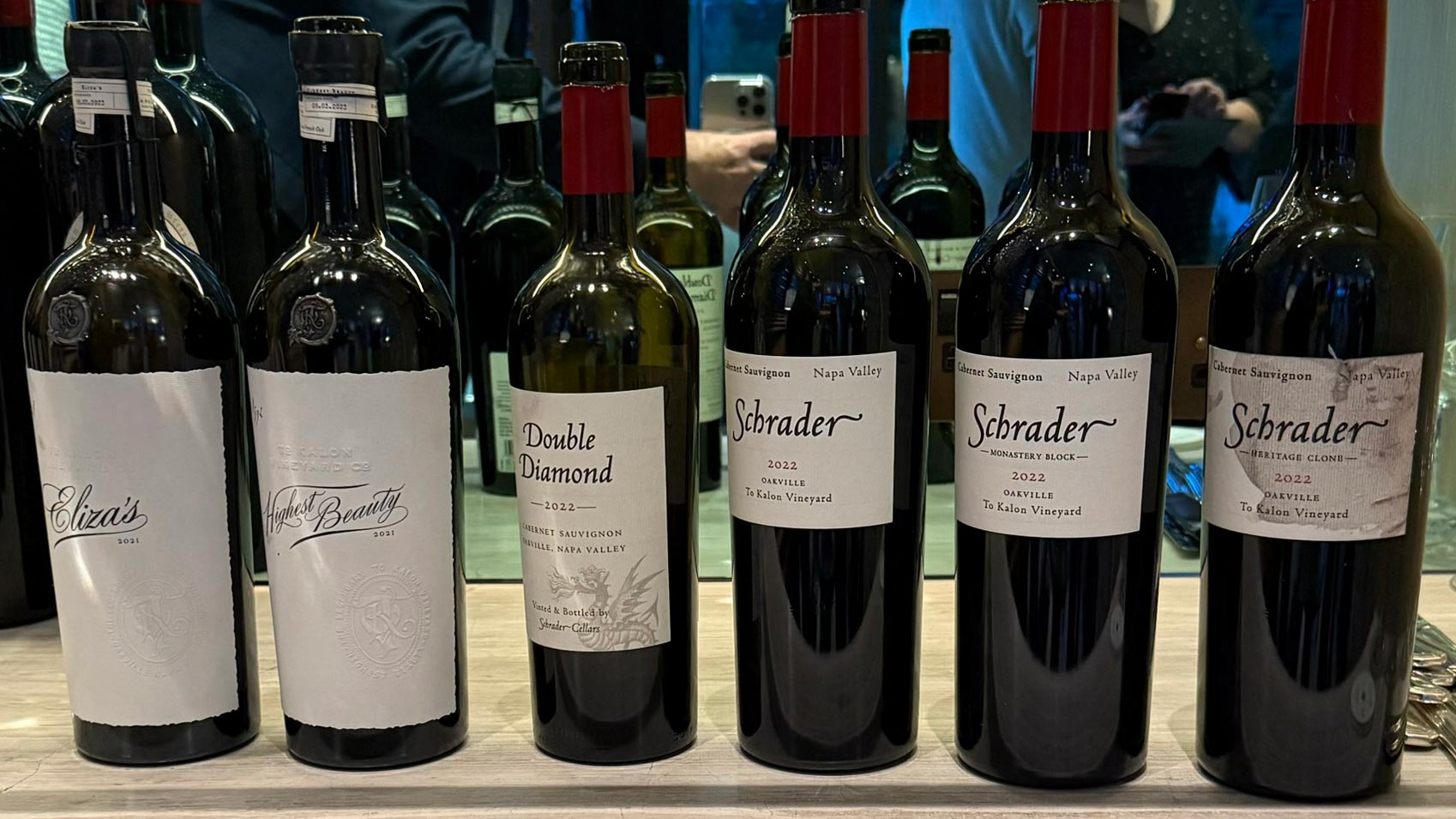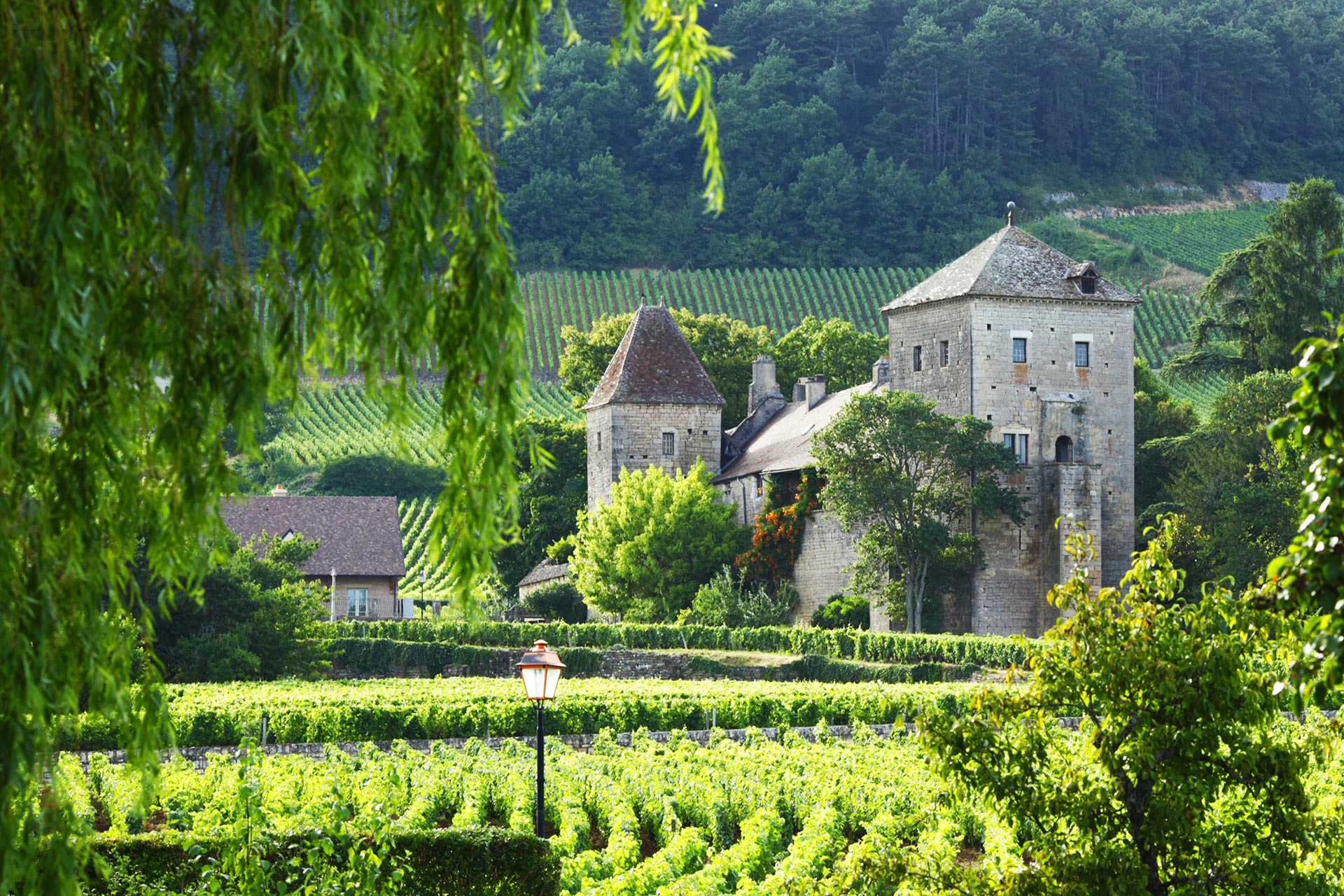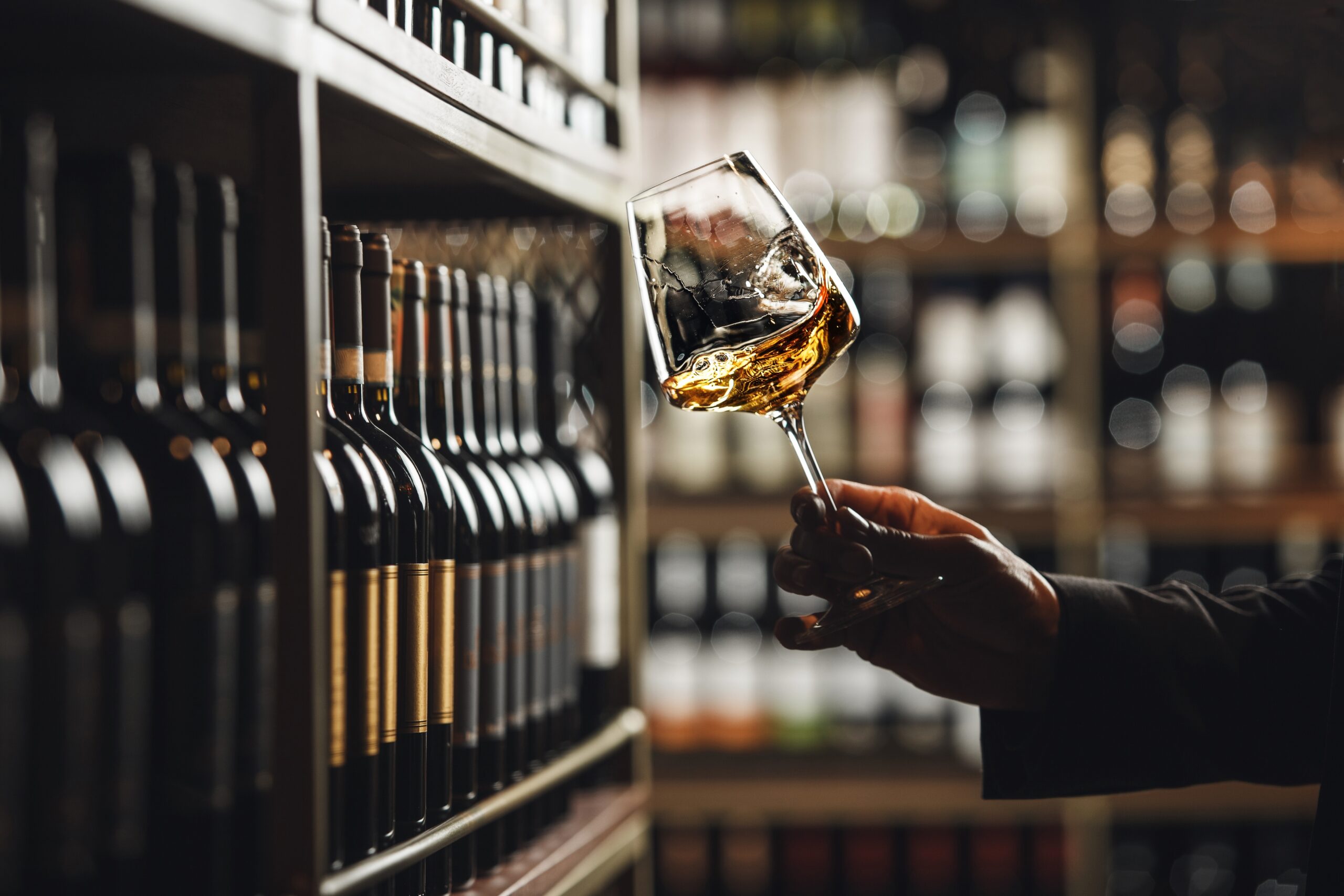Forget bubbles bursting over Champagne. The real drama is in the cellars.
We’re in the middle of the biggest fine wine correction since that moody 2011–2014 slump. Prices are dropping, futures are flopping, and buyers are doing something radically sensible: buying wine that’s already, well, wine. Welcome to the age of “mature is smarter.”
According to Liv-ex, the fine wine world’s Wall Street, the Fine Wine 1000 index dropped a sobering 13.6% in 2023. And guess what? It’s kept dropping in 2025. This isn’t just market indigestion—it’s a full-on identity crisis. A cocktail of high interest rates, geopolitical tension, and younger generations that would rather drink oat milk than Bordeaux has shaken the foundations of the industry.
The Rise of the Grown-Up Grape
New releases, particularly from Bordeaux, have taken a nosedive. Meanwhile, mature vintages—those golden oldies that have already proven their worth—are holding up surprisingly well. Think Château Lafite 2010 rather than a flashy 2023 still in barrel and wrapped in hope.
Bordeaux’s futures system (En Primeur) used to be the wine world’s crystal ball: pay now, drink later, profit maybe. Today? It’s more like a blindfolded dart throw, and collectors are walking away. Why risk your money on a wine that might age well, when you can get a stunner that already has?
America Exits, Asia Enters (Again)
Uncle Sam has left the wine table early—thanks in part to the looming spectre of 200% tariffs on European wines. That caused a buying blackout that even the most persuasive sommelier couldn’t talk through. But Asia has stepped back in, cautiously but significantly. Savvy buyers in Hong Kong and Shanghai are sipping their way through discounted DRCs and Lafites like it’s 2010 again.
Bubble Trouble in Burgundy & Champagne
Burgundy? It’s split. The blue-chip bottles have crashed faster than a crypto coin. But down the food chain, regional Burgundies are flying off the shelves. Champagne, meanwhile, is cleaning up its post-COVID party mess. Prices of prestige cuvées are deflating faster than the bubbles in yesterday’s glass, and there’s enough inventory to host a wedding for every couple in Europe.
The Collector’s Cold Feet
Even with prices down, the market’s still buzzing. Trading volume is up—but mostly in smaller, safer bets. Buyers are focusing on known quantities, proven vintages, and iconic labels. Think fewer moonshots, more moon landings.
And here’s the kicker: younger generations are less interested in buying wine than in not drinking it. Millennials want sustainability and storytelling. Gen Z wants low-alcohol, low-impact, TikTok-worthy tipples. Meanwhile, Boomers—the folks who kept Bordeaux afloat—are easing off the bottle, and their cellars are starting to trickle onto the market.
The Road to Recovery (Pack Snacks)
Don’t expect a glorious bounce back. This one’s likely to be a slow, awkward shuffle—more yoga stretch than rubber-band snap. Most experts say we’ll hit the floor in late 2025, but recovery won’t really begin until 2027. Unless a miracle vintage or global stimulus plan appears, we’ll have to rethink the way wine is sold, marketed, and valued.
What To Do Now (Besides Pour Another Glass)
Buyers: This is your moment. Look for mature, legendary bottles now trading at sane prices. Think Bordeaux Legends, not Bordeaux Promises.
Producers & Merchants: Time to stop flogging futures like it’s 2005. Reinvent your pricing, get serious about storytelling, and start speaking Millennial. Yes, that means TikTok. Yes, you’ll survive.
Everyone Else: Pop a bottle you’ve been saving. Life’s too short to wait for the next bull market.



